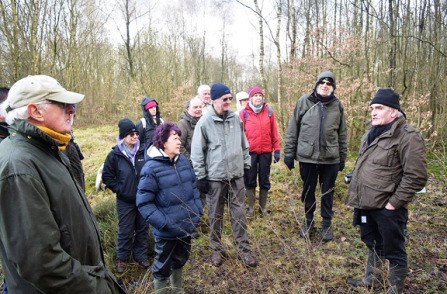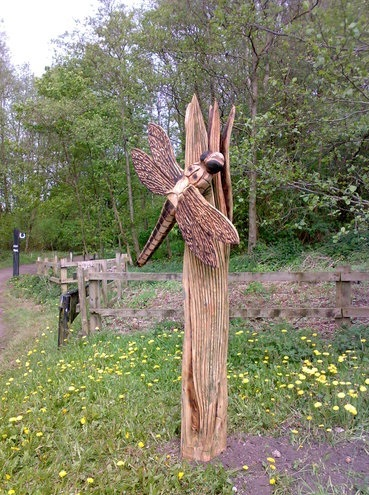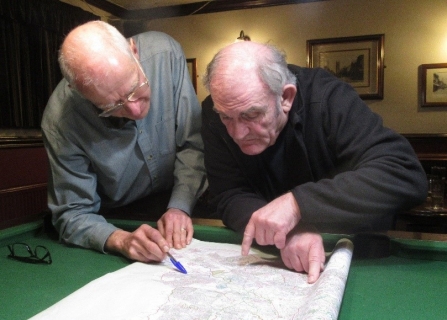Mike is the chair of the Darcy Lever Gravel Pits Action Group (GPAG) and is a very effective advocate for local action, informed by a global perspective. Mike’s first involvement with the Croal-Irwell Valley was in the mid-1970s, when he lived in Little Lever. It is typical of Mike’s great attention to detail that when asked what his first memory of wildlife was, he can relate a moment that pre-dates citizen science:
“Somebody in their infinite wisdom had dumped a rare Scandinavian fish called a bitterling into the canal there”.
Mike goes on to explain that the bitterling has a symbiotic relationship with freshwater swan mussels. The male fish guards the chosen mussel, and female bitterlings lay their eggs in its inlet breathing valve. The baby fish hatch within the mussel and when they exit, they distribute the mussel’s own spawn.
Mike’s involvement with wildlife conservation started in the early 1990s, when he damaged his Achilles tendon playing rugby:
“Whilst walking in Moses Gate Country Park to exercise the ankle, it suddenly struck me, I’ve always been interested in wildlife; why don’t I give something back?”




